Can't hurt to put it in. Even if the fan you chose today does not need it, another in the future might. Either for future boards or when that fan wears out.
You don't need a Schottky diode, just about any ordinary diode should do (1N4148, 1N4005, M5 etc). The difference is that when the transistor turns off it will see a few hundred mV more with a regular diode, and less leakage added to the fan current when it is on (likely negligible under sensible conditions and a Schottky diode such as 1N5819).
The diode is likely not necessary if you're connecting it directly across the 12V supply if there is always significant capacitance to ground. But if the 12V rail is not bypassed and the power supply is 'hot' unplugged there could conceivably be an issue with other things connected to the rail.
Edit: It's always good to see empirical measurements. This gentleman measured a 100V+ transient on a 12V fan.

